Mastering Numbers 1–1000: A Fun and Engaging Guide for Teachers and Parents
Teaching children to understand and work with numbers up to 1000 is a significant milestone in their mathematical journey. It lays the foundation for more advanced concepts and fosters numerical fluency. But how can educators and parents make this learning process both effective and enjoyable? Let's explore strategies and activities that bring numbers to life, making math a delightful adventure for young minds.
Understanding the Importance of Numbers 1–1000 Before diving into teaching methods, it's essential to recognize why mastering numbers up to 1000 is crucial:
- Place Value Comprehension: Understanding the value of digits in different positions enhances number sense.
- Comparing and Ordering: Skills in determining greater than, less than, or equal to, and arranging numbers sequentially are fundamental.
- Real-World Applications: Many everyday situations involve numbers within this range, from counting money to measuring distances.
Strategies for Teaching Numbers 1–1000
- Interactive Number Charts
Utilize number charts that display numbers from 1 to 1000. Encourage students to identify patterns, such as:
- Counting by 2s, 5s, 10s, and 100s.
- Observing the repetition in digit placement.
- Highlighting even and odd numbers.
Activity Suggestion: Create a classroom-sized number chart and have students place sticky notes on specific numbers as they are called out.

Repetition aids memorization. Provide worksheets where students can trace and then write numbers independently. This practice reinforces number formation and sequencing. Tip: Incorporate fun themes or characters to make tracing more engaging.
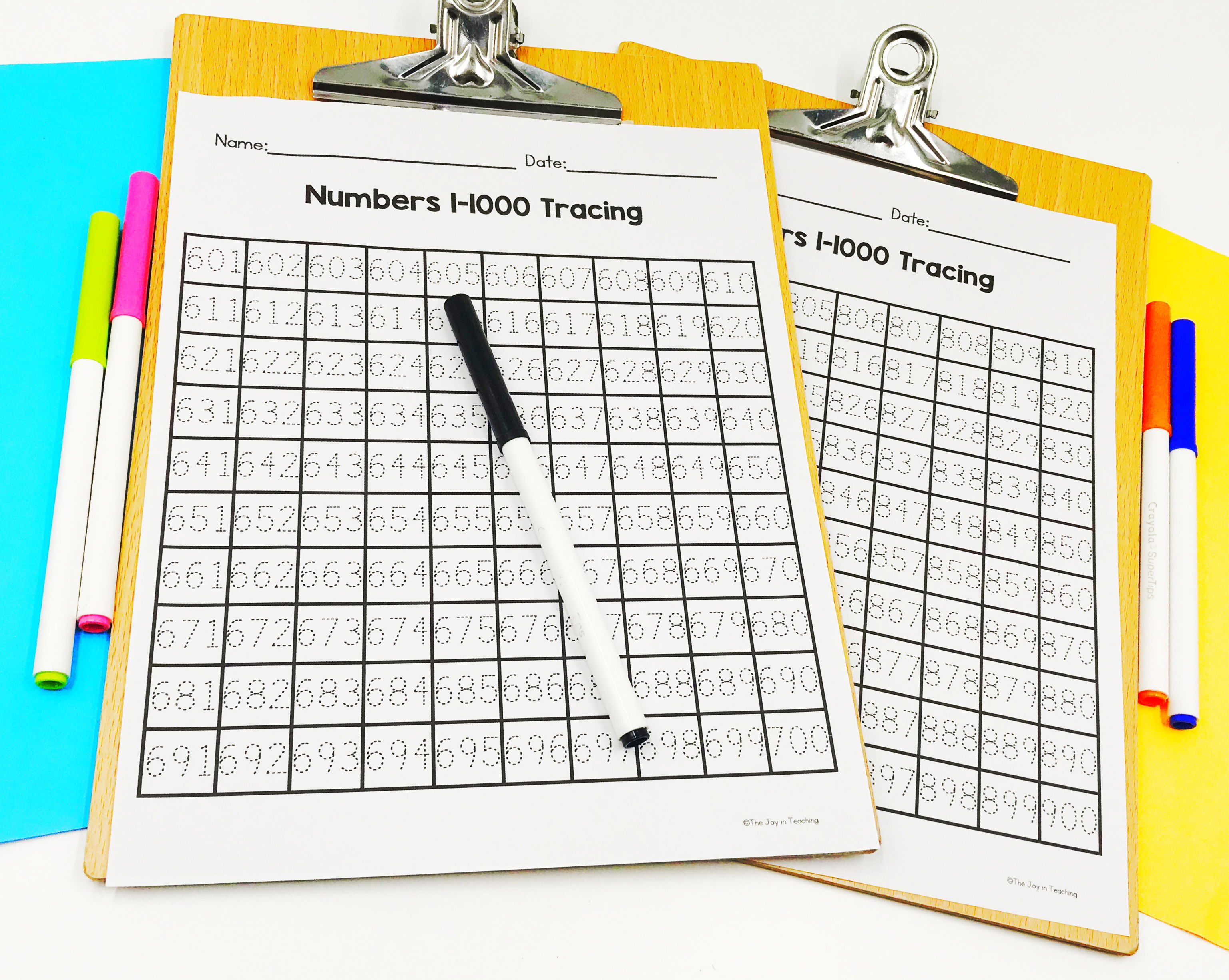
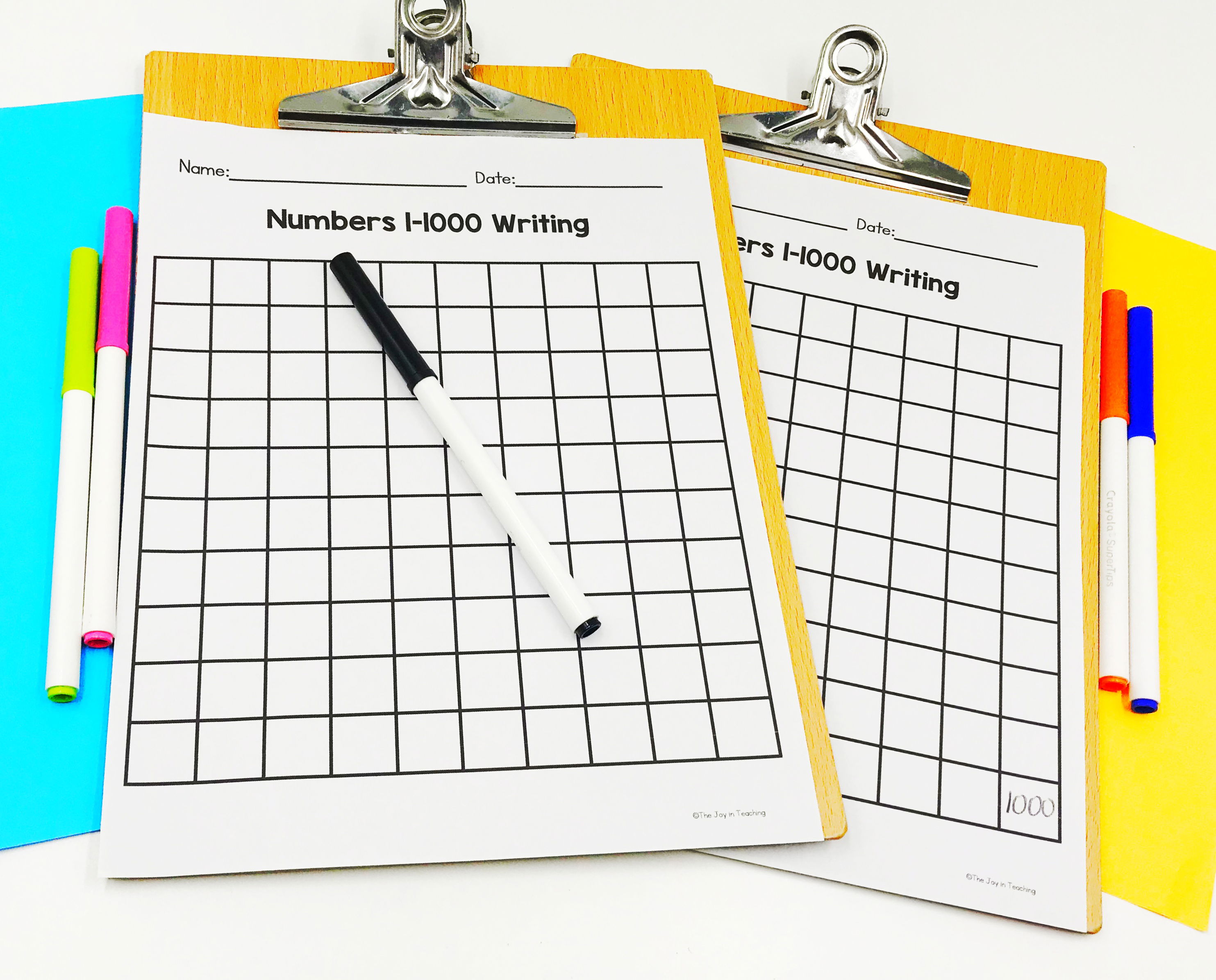
Introduce symbols like >, <, and = to help students compare numbers. Use real-life examples, such as comparing scores in a game or the number of items in two groups. Activity Suggestion: Present pairs of numbers and have students use the correct symbol to compare them.
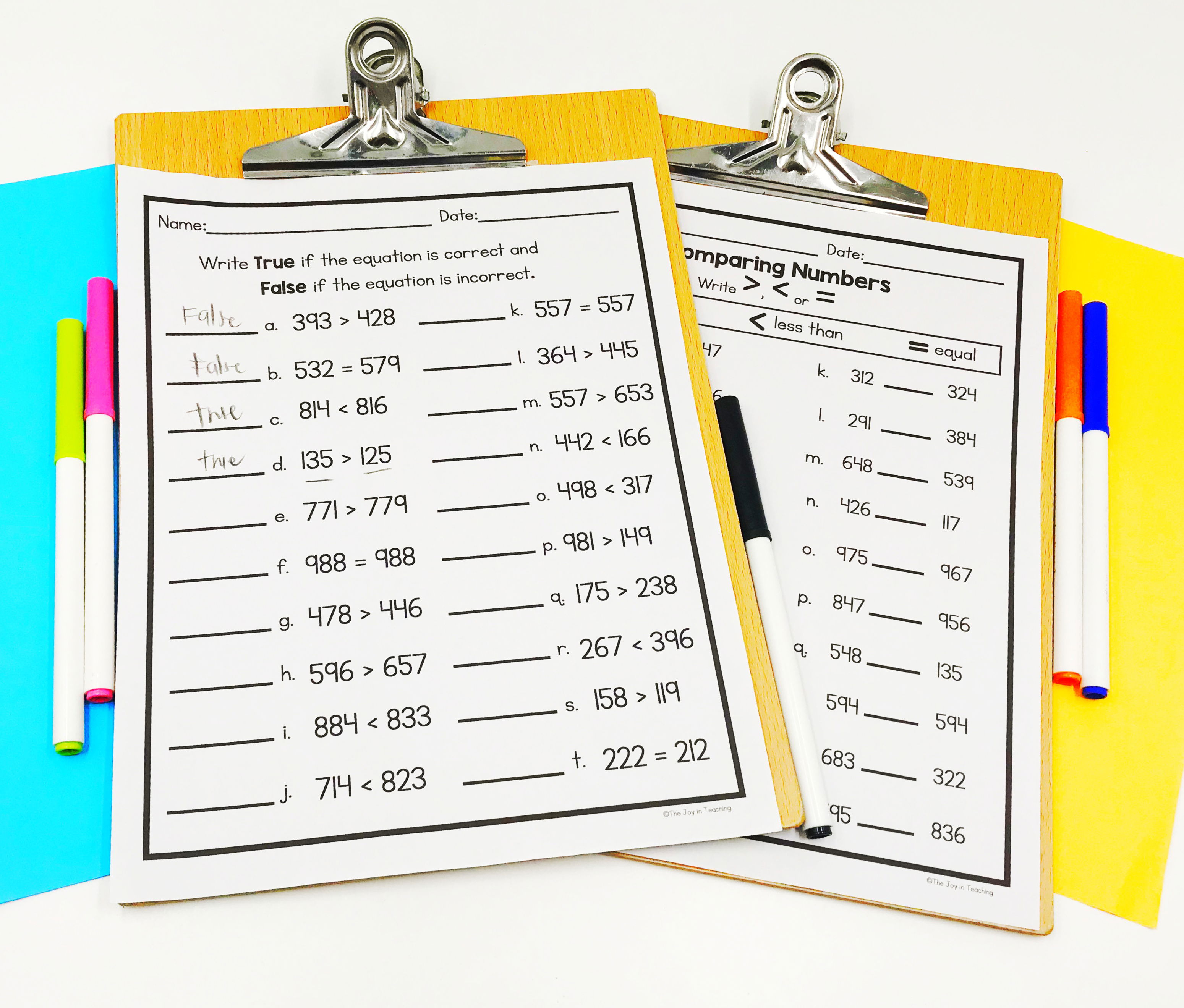
Teach students to arrange numbers from least to greatest and vice versa. This skill enhances their understanding of numerical relationships. Game Idea: Provide a set of number cards and challenge students to arrange them in ascending or descending order within a time limit.
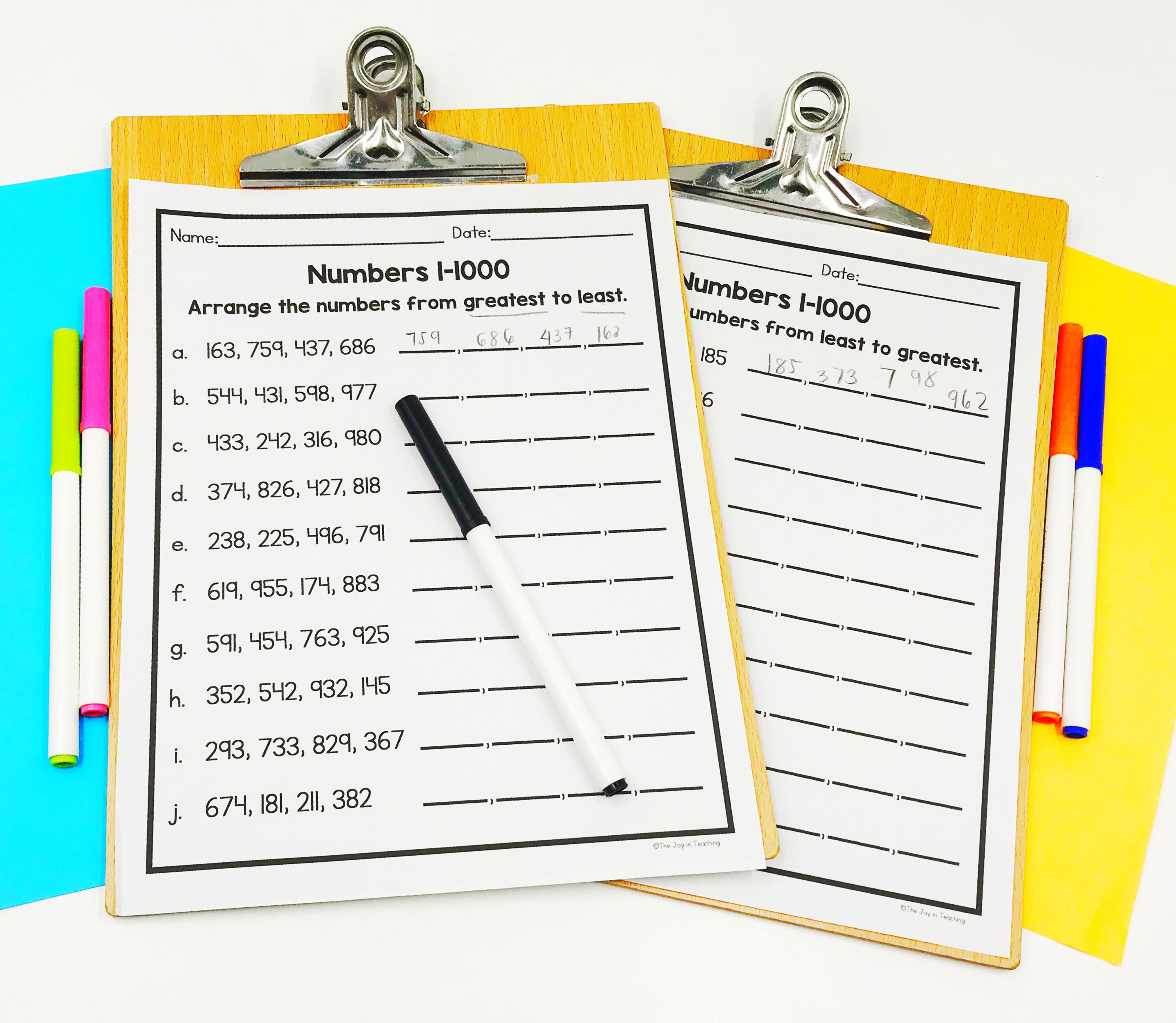
Strengthen sequencing skills by practicing:
- What number comes before 256?
- What number comes after 399?
- What number is between 478 and 480?
Activity Suggestion: Use number lines and have students place markers on the correct positions.
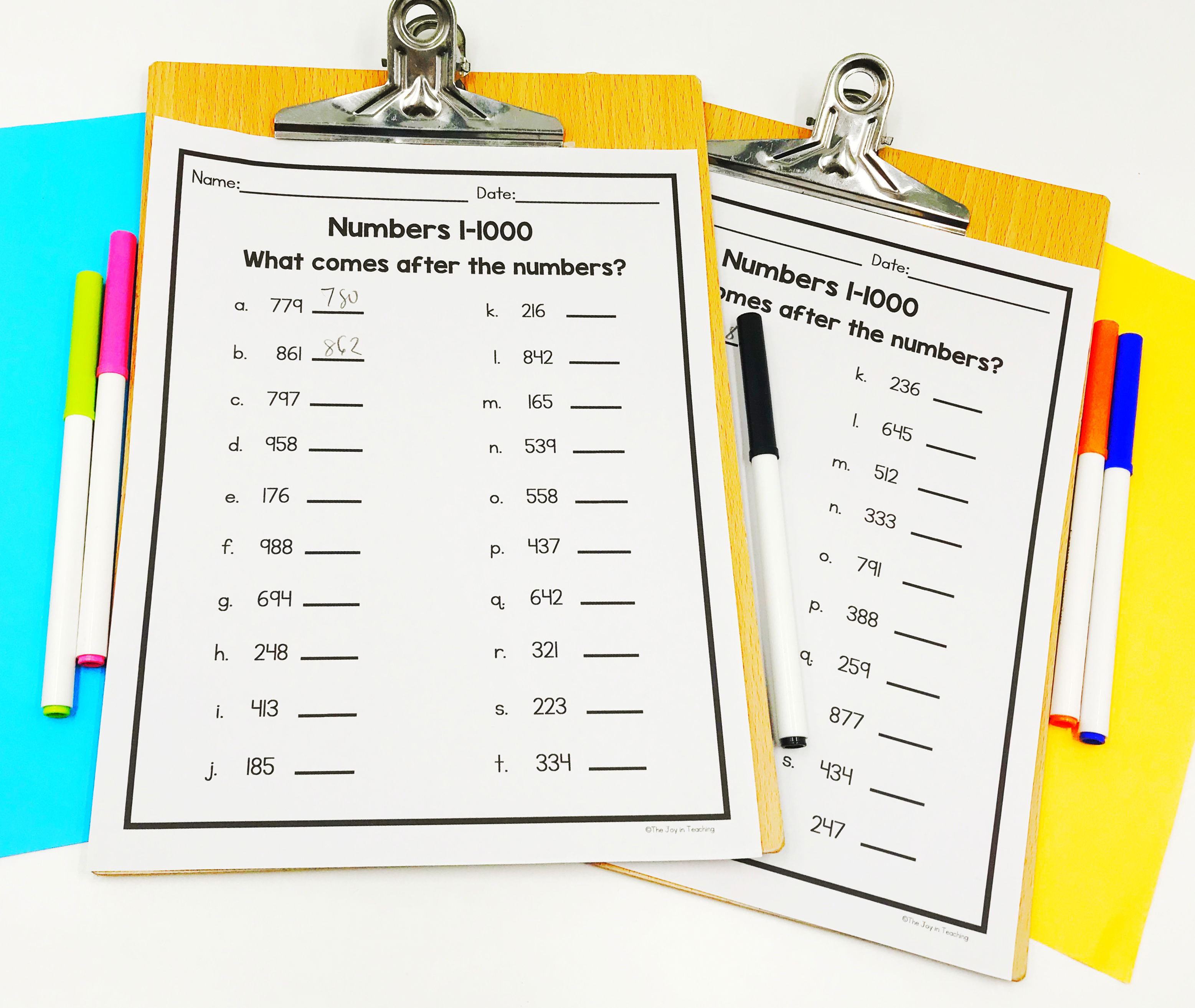
Encourage students to identify the next four numbers in a sequence. This activity promotes forward-thinking and pattern recognition. Example: Starting from 745, what are the next four numbers?
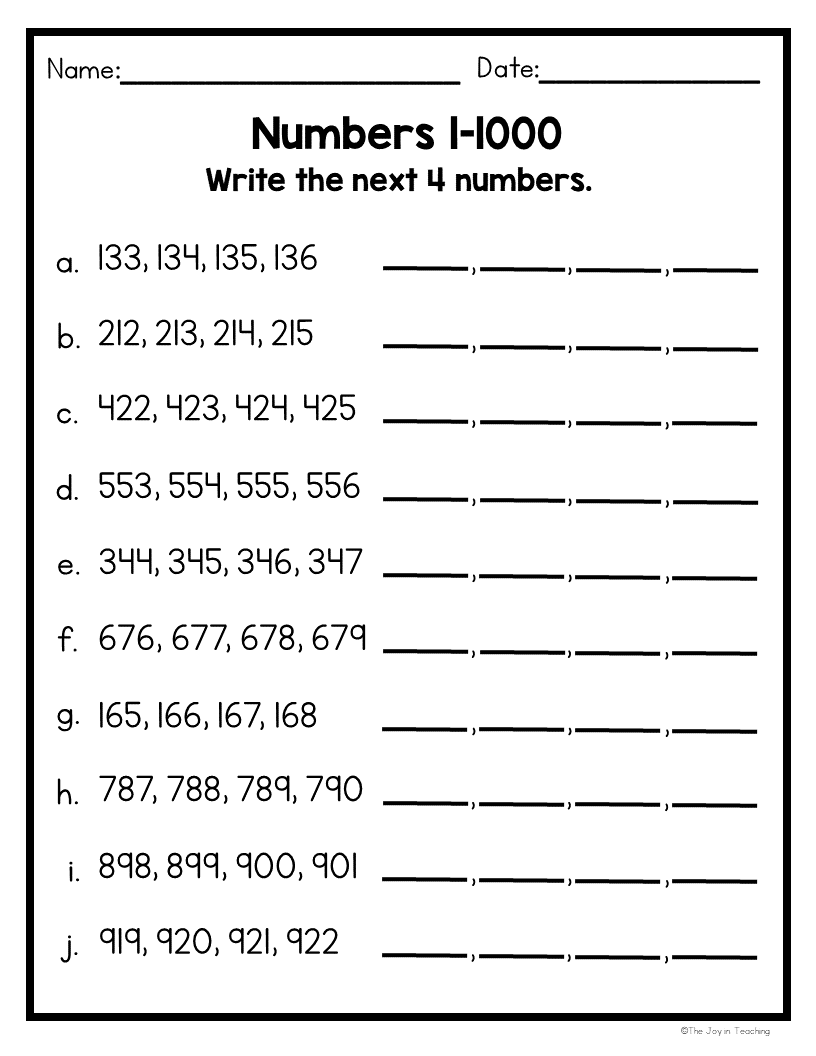
Regular assessments help track progress and identify areas needing reinforcement. Incorporate a mix of written tests and interactive quizzes. Tip: Use games like "Number Jeopardy" to make reviews exciting.

Incorporating Technology Leverage educational software and online resources to supplement traditional teaching methods. Interactive games and digital worksheets can provide varied and adaptive learning experiences.

Engaging Activities for Reinforcement
- Number Bingo
Create bingo cards with numbers up to 1000. Call out numbers randomly, and students mark them on their cards. This game reinforces number recognition and listening skills.
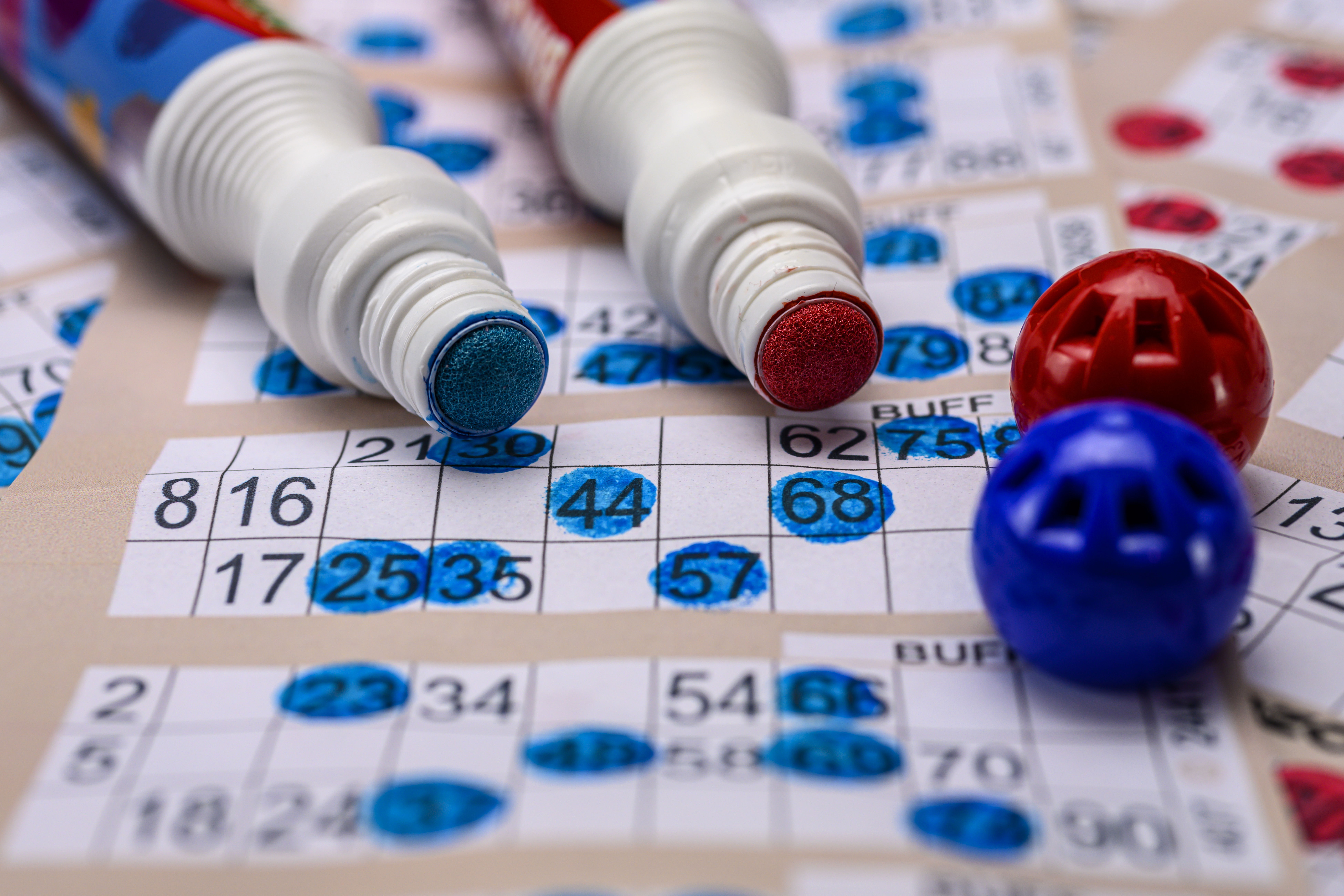
- Number Scavenger Hunt
Hide number cards around the classroom. Provide clues or math problems that lead students to the next number. This activity combines physical movement with problem-solving.

Develop short stories that involve numbers up to 1000. Ask students to solve problems based on the narratives. Example: "Sarah has 250 beads. She buys 150 more. How many beads does she have now?"
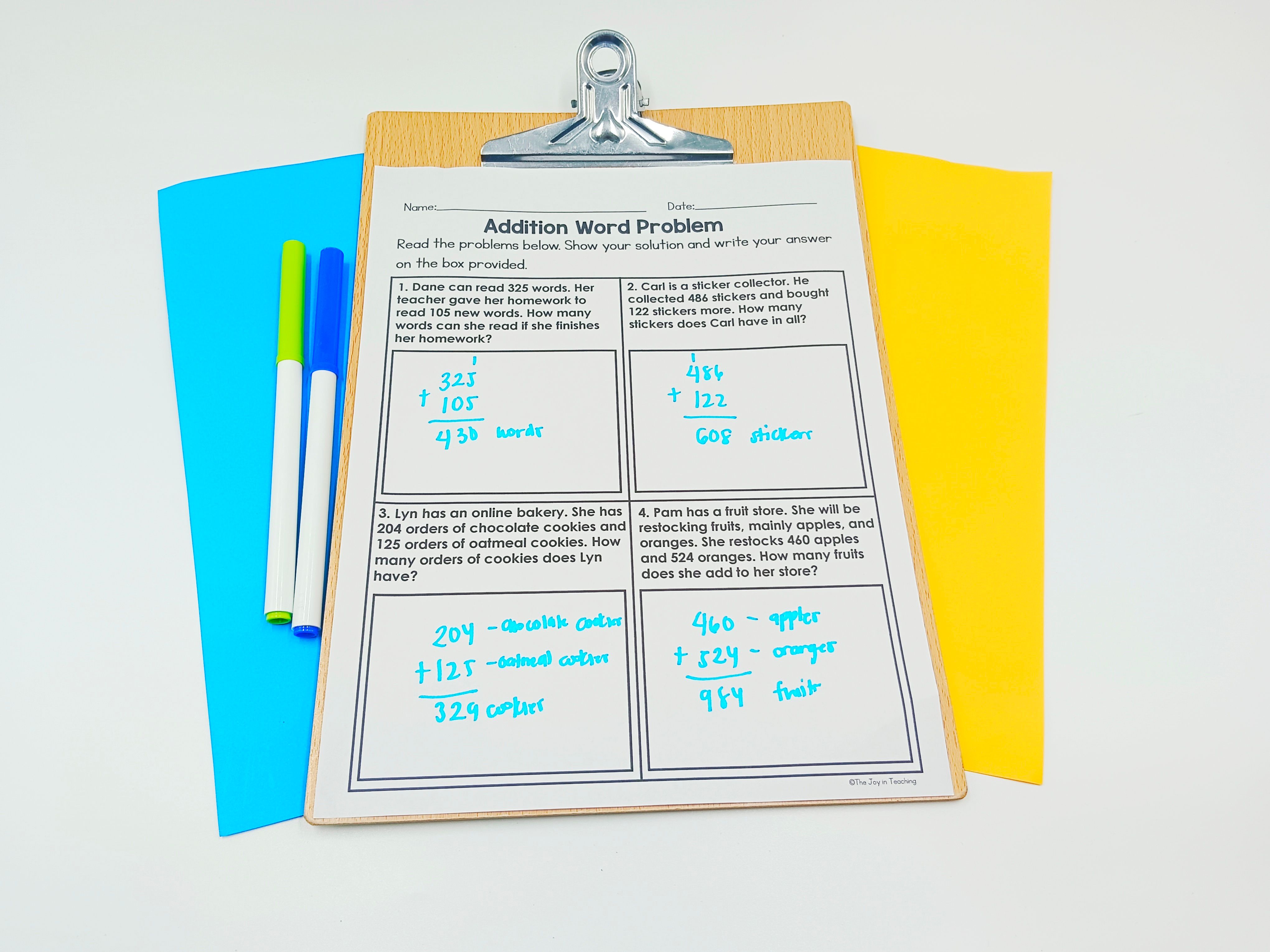
For educators seeking a comprehensive resource, the Numbers 1-1000 Worksheet - Comparing and Ordering, Tracing and Writing, and Assessment offers a variety of activities designed to reinforce the concepts discussed:
- Ordering and Comparing Charts: Visual aids that help students understand numerical relationships.
- Tracing and Writing Exercises: Practice sheets for number formation.
- Sequencing Activities: Tasks that involve arranging numbers and identifying those that come before, after, or between given numbers.
- Assessments: Tools to evaluate student understanding and progress.
This resource is versatile and can be used for:
- Classroom worksheets
- Homework assignments
- Take-home packets
- Anchor charts
- Center activities
Why You'll Love This Resource:
- No Prep Needed: Ready-to-use materials save time.
- Comprehensive Coverage: Addresses multiple aspects of number learning.
- Skill Building: Enhances students' numerical understanding.
- Variety of Activities: Keeps students engaged through diverse exercises.

Conclusion Teaching numbers up to 1000 doesn't have to be daunting. With the right strategies and resources, educators can create an environment where students find joy in numbers. By combining traditional methods with interactive activities and comprehensive worksheets, we can foster a love for math that will benefit students throughout their academic journeys. Remember: The goal is not just to teach numbers but to inspire confidence and curiosity in young learners. Let's make math both meaningful and fun!
Follow Me for More Teaching Tips with Joy For more tips, resources, and a daily dose of teaching joy, follow me on:
Got questions or want to share your success stories? Drop me an email at thejoyinteaching@gmail.com. I love hearing from fellow educators and parents! Happy Teaching!
Joy Medalla
The Joy in Teaching 💛